13.12.2018 | News SLF
It is good practice to use uniform size designations when describing avalanches – for example in the avalanche bulletin, in the wake of accidents, or when reporting observations from the field. In the interests of clarity for winter sport participants, these names have been modified, effective from the start of the 2018/19 winter season.
On several occasions this week the avalanche bulletin stated, “These [avalanches] can reach a large size.” It is a powerful message, but what exactly does it mean? People’s perception of avalanche size is often subjective and dependent on the circumstances. Notwithstanding this inconsistency in practice, the European avalanche services officially defined avalanches sizes a long time ago, but the names they adopted were little known, partly because they did not reflect the perception of most men and women who engage in winter sports. Many fatal avalanches, for instance, were officially designated “small”. Modified designations have therefore been adopted as of the start of the 2018/19 winter, and typical skier-triggered avalanches are now described as “medium”:
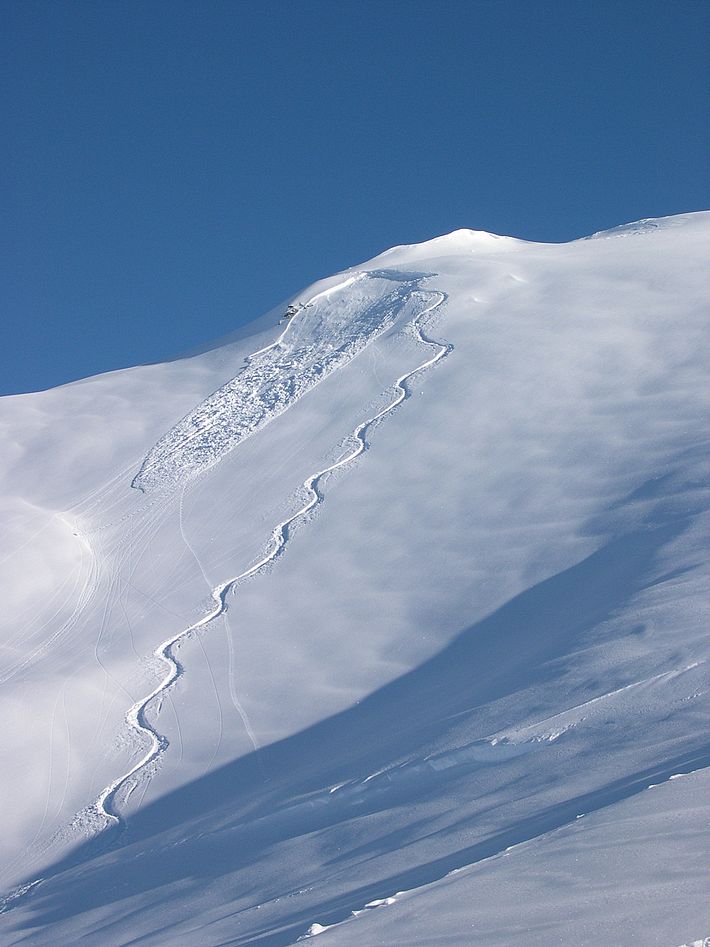
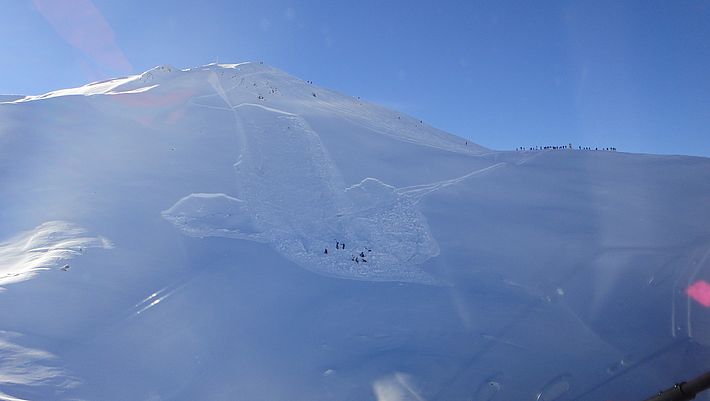
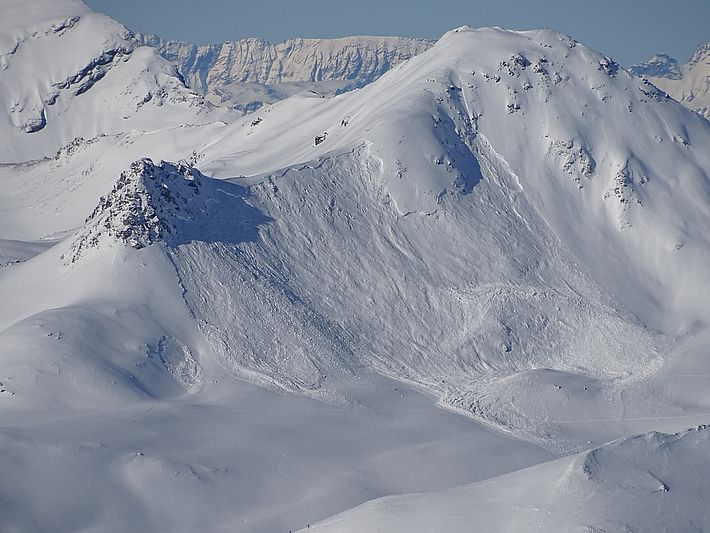
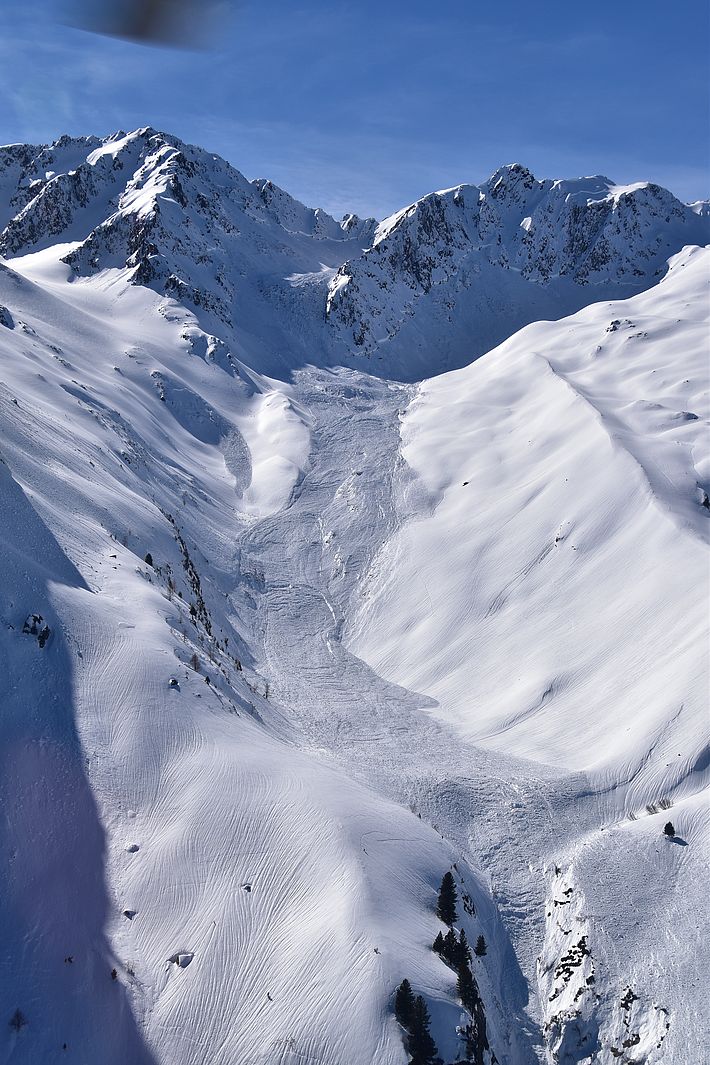
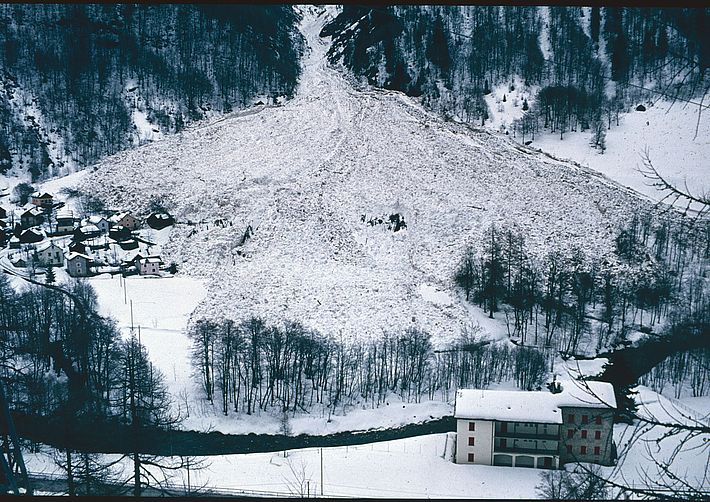
Why are definitions necessary?
The size designations are used regularly in the avalanche bulletin. This is because, alongside the probability of a release, the size of the expected avalanches has a crucial influence on the description of the danger situation. The avalanche bulletin can be interpreted properly only if these designations are understood correctly. In turn, the avalanche warning service can correctly assess reports from the field only if the received information about the size of avalanches is reliable. It is hoped that the modified designations for the five avalanche size categories will be understood more readily and used correctly to a greater extent than in the past.
An exact description of the avalanche size categories is available here: https://www.slf.ch/en/avalanche-bulletin-and-snow-situation/about-the-avalanche-bulletin/avalanche-sizes.html
Links and documents ¶
European Avalanche Warning Services EAWS: http://www.avalanches.org
Contact ¶
Copyright ¶
WSL and SLF provide image and sound material free of charge for use in the context of press contributions in connection with this media release. The transfer of this material to image, sound and/or video databases and the sale of the material by third parties are not permitted.
